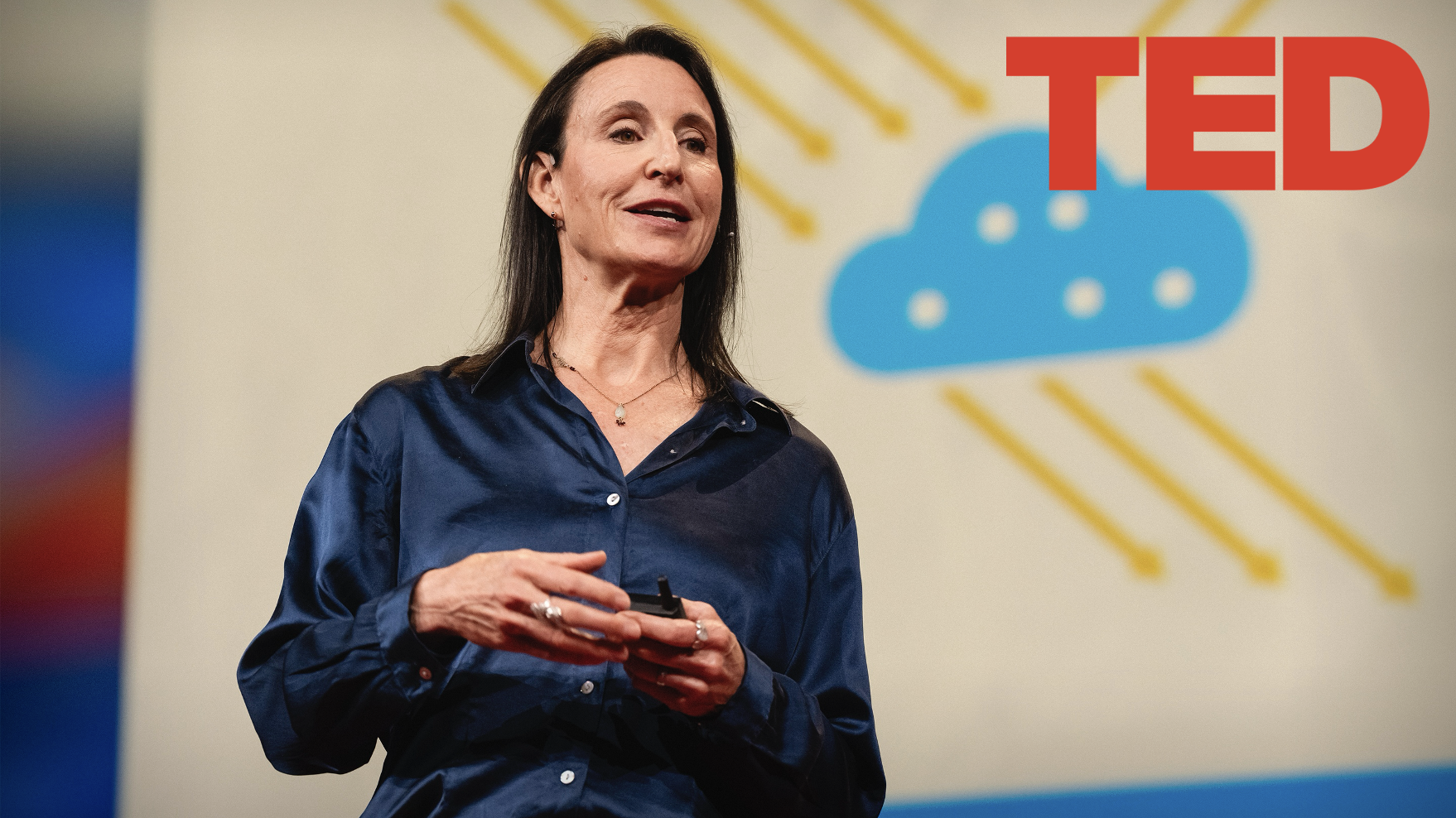A New Global Modeling Protocol for Marine Cloud Brightening
Marine cloud brightening (MCB) is a promising approach to reducing near-term climate impacts and risks by dispersing sea salt particles (aerosols) into low marine clouds to make them reflect slightly more sunlight back into space to cool the climate.
A Longstanding Challenge
There are large uncertainties in projecting the effects of aerosols on clouds and wide differences in the findings of model simulations of MCB, posing challenges to understanding its potential benefits and risks. These challenges arise from different representations across global models of the cloud-aerosol processes underlying aerosol climate forcing in general and MCB in particular and by the prevalence of studies using only one model or using unrealistic or inconsistent assumptions about MCB implementation.
For example, a decade ago, the GeoMIP modeling collaboration supported a set of coordinated simulations of injecting sea water droplets everywhere between 30degN and 30degS latitudes — a highly unrealistic simulation that included locations where there are no clouds. These results were very different from what would be expected if simulating dispersal into the much smaller, targeted regions of clouds that has been proposed for MCB. Ultimately, the lack of an effective standard for model simulations of MCB has made it difficult for scientists to conduct comparable studies of the most prominent proposed approaches to MCB.
A New Protocol: MCB-REG
An important new paper presents a protocol for researchers around the world to simulate the effects of MCB on climate in a standardized and more realistic way.
Authored by scientists Phil J. Rasch, Haruki Hirasawa, Mingxuan Wu, Sarah J. Doherty, Robert Wood, Hailong Wang, Andy Jones, James Haywood and Hansi Singh, this new protocol allows researchers to configure representative simulations of MCB and to compare how climate responds to equivalent implementations of MCB across different models – and, ultimately, to identify which responses appear to be robust and which are less certain so require further investigation.
This protocol, MCB-REG, provides an approach for simulating the regional implementation described in the primary proposals for MCB. It marks a significant step forward in MCB research, with the potential to both advance science and expand participation by researchers globally. Using MCB-REG to conduct studies can provide researchers with more accurate analyses of how MCB might influence global and regional temperatures, precipitation, and other environmental impacts, better compare results across models, provide more effective input to scientific assessments, and more actively participate in community science efforts. By accelerating the ability to simulate and assess the risks and benefits of MCB, the protocol can help the scientific community provide better information to policy makers and the public.
How does it Work?
The new protocol is designed to ensure that differences in model simulation results stem from differences in the models used rather than from study design, allowing researchers to compare results in an “apples to apples” fashion. It defines specific configurations for parameters and settings in global climate models, such as time period, greenhouse gas emissions scenarios, dispersal regions, how much sunlight should be reflected in a given region, and the time frequency for calculating climate characteristics.
The protocol includes steps for simulating MCB in different targeted cloud regions one by one, and in multiple cloud regions simultaneously. The regions specified in the protocol are chosen based on their estimated potential to be most amenable to brightening.
MCB-REG is designed to leverage what global models currently do well for a problem like MCB, while avoiding focus on processes that are not well represented in global models. In particular, it is not reliant on accurately simulating the interactions between clouds and particles, as these processes are known to be crudely represented in climate models and better studied through other approaches.
As a result, the protocol describes a set of steps to configure the model to produce a specific amount of sunlight reflection, or “forcing”, in a region, and to then study how the global climate responds to that forcing. The approach does not rely on models being able to accurately simulate the amount of cloud brightening produced by a given sea salt injection, but does support comparison of diagnostics, such as how much sea salt is needed in each model to produce the prescribed amount of brightening.
Studying these diagnostics will help to identify why different global models produce such different amounts of cloud brightening for a given sea salt injection. This will help identify where model improvements are needed to more accurately simulate how much clouds are brightened by any given sea salt injection.
Where is it Used?
To demonstrate the protocol, the study uses three leading global climate models: CESM2 from the U.S. National Center for Atmospheric Research, E3SMv2 from the U.S. Department of Energy, and UKESM1 from the UK Met Office. Simulations from these models offer an illustration of the new protocol and provide valuable initial insights into the similarities and differences in how these models simulate MCB.
As of today, MCB-REG simulations are in process with three additional global models, the Canadian CanESM, Norwegian NorESM, and U.S. GFDL models.
What’s Ahead
Ongoing and future research will involve engaging others to run these standardized simulations across additional models and exploring how other cloud regions might respond to MCB. The addition of more models and emission geographies will contribute to the robustness of the findings, helping to identify which climate responses to MCB are consistent across models and which are more uncertain.
The study comes at a critical time. As high temperatures drive climate extremes and push the Earth towards critical tipping points, risks to people and ecosystems are rising.
An effective model simulation protocol like MCB-REG can expand global research, improve scientific robustness, accelerate analysis of impacts, and speed model improvements. This in turn, can help provide better information to people and policymakers on the benefits, risks and safety of MCB as a potential tool for reducing the worst impacts of climate change.
The new protocol is part of the work supported under SilverLining’s Safe Climate Research Initiative and ARISE modeling program and through the University of Washington’s Marine Cloud Brightening Program, which is funded by the generous support of a growing consortium of individual and foundation donors. Learn more at: https://www.silverlining.ngo/safe-climate-research-initiative.





